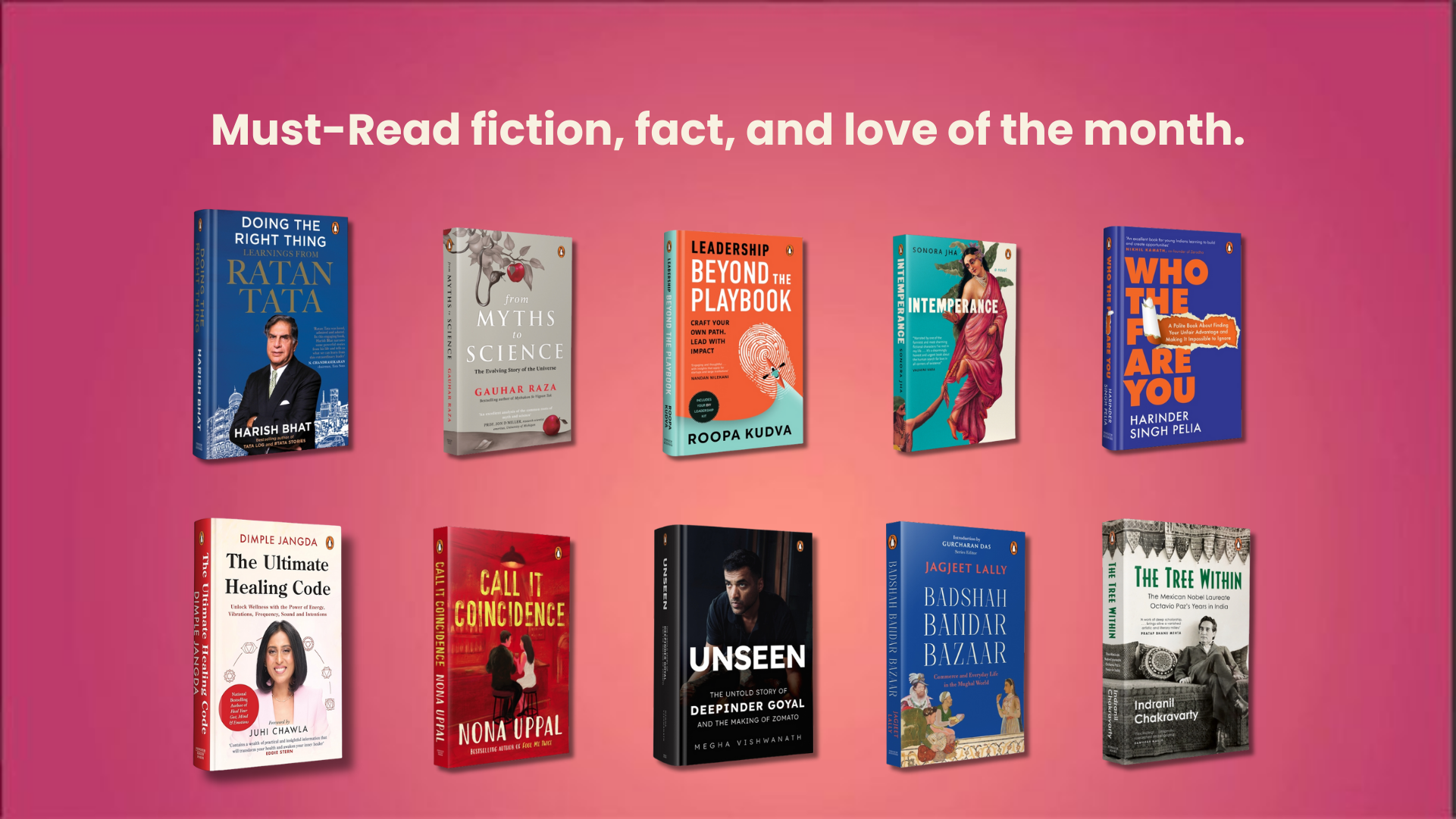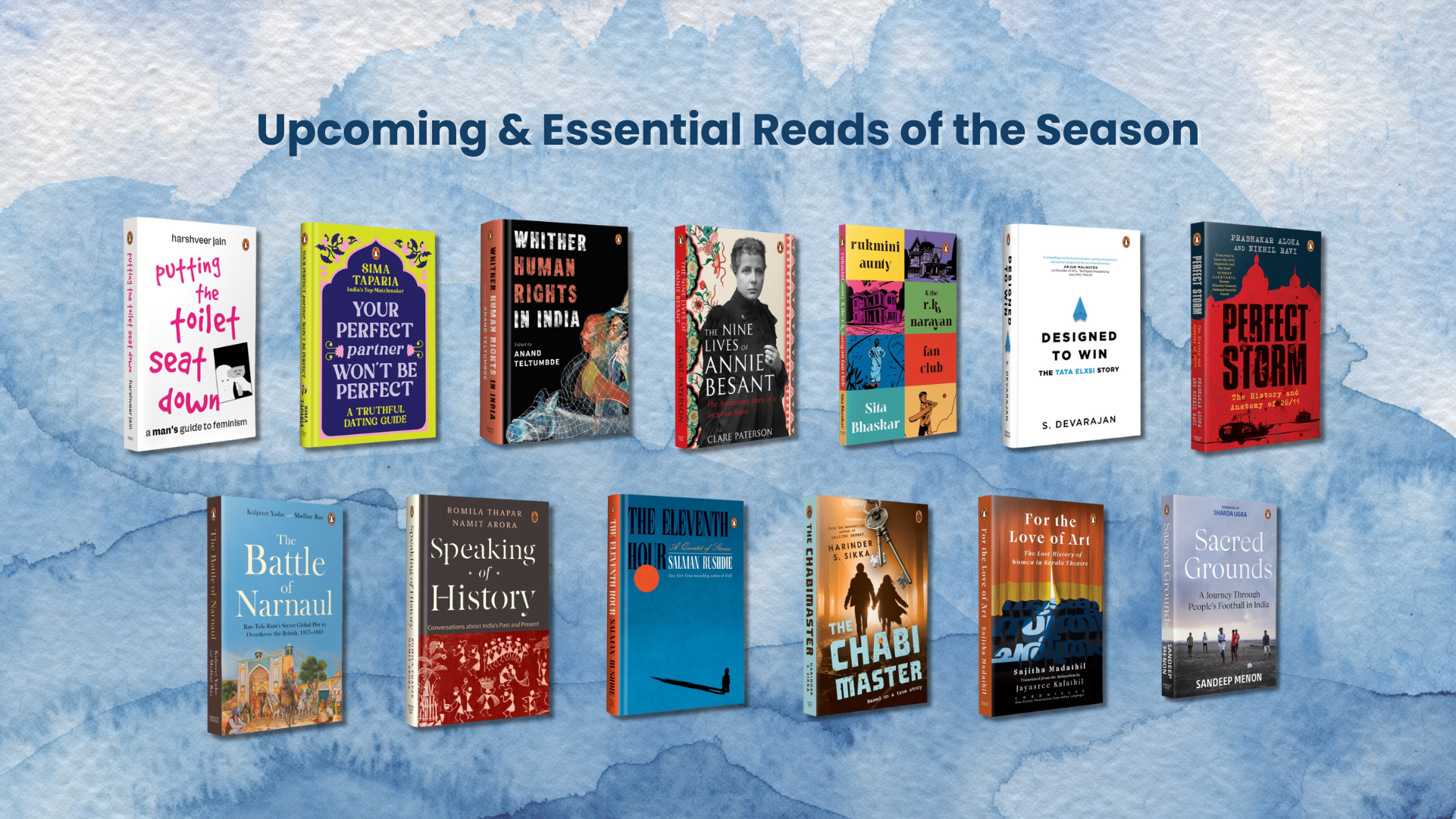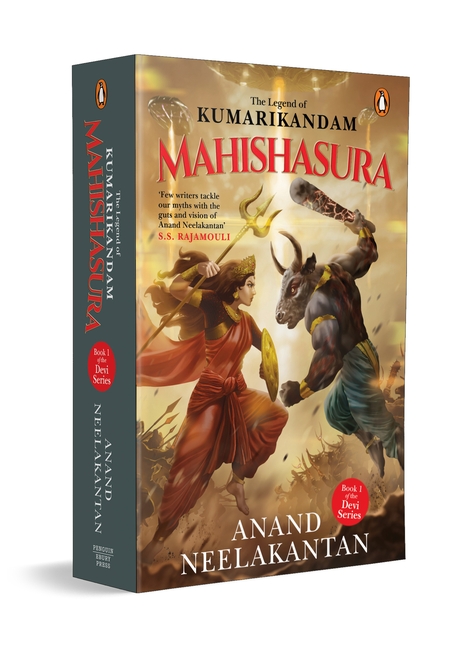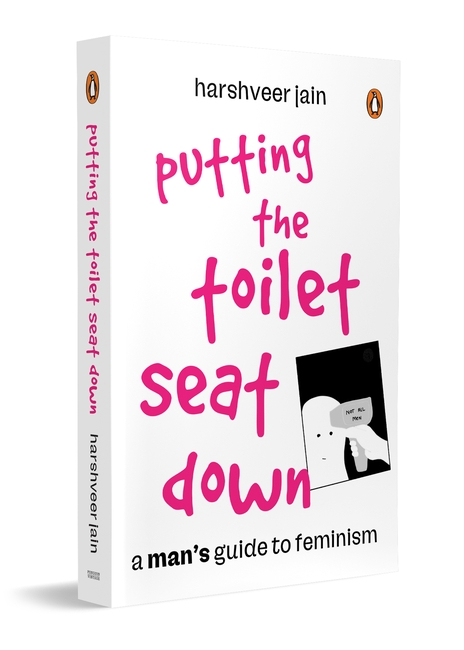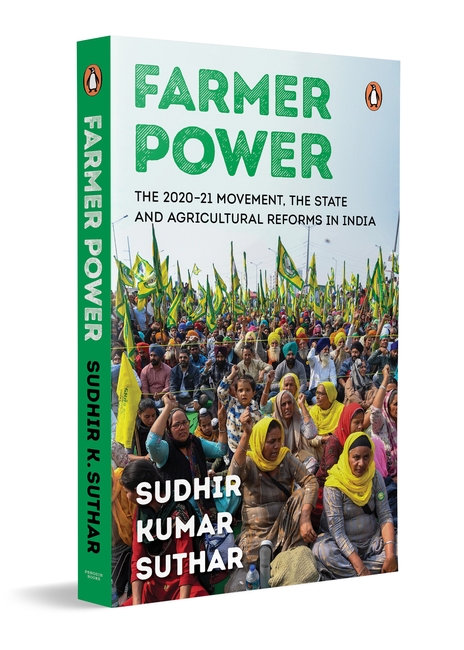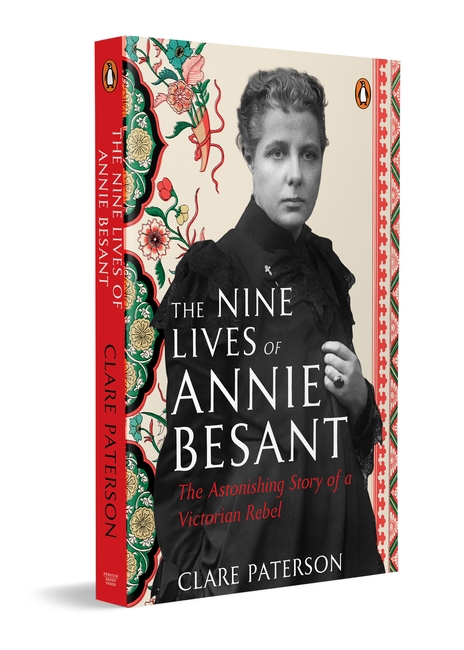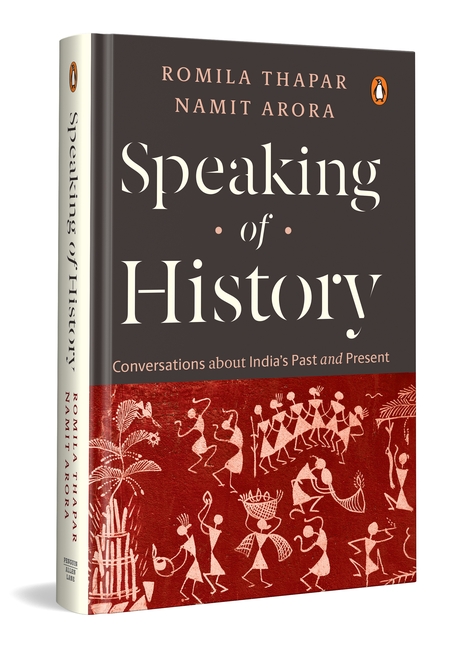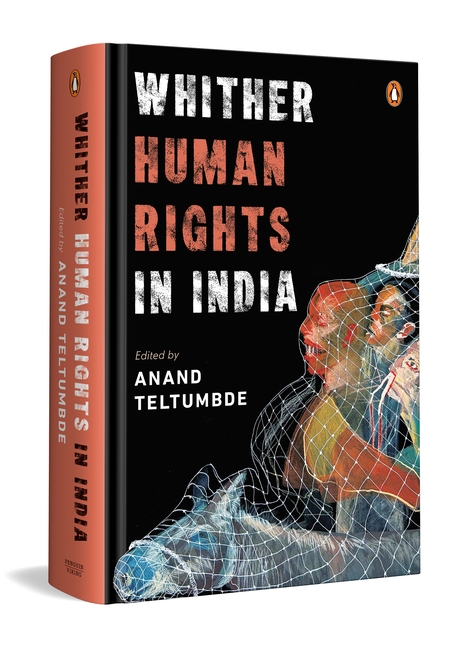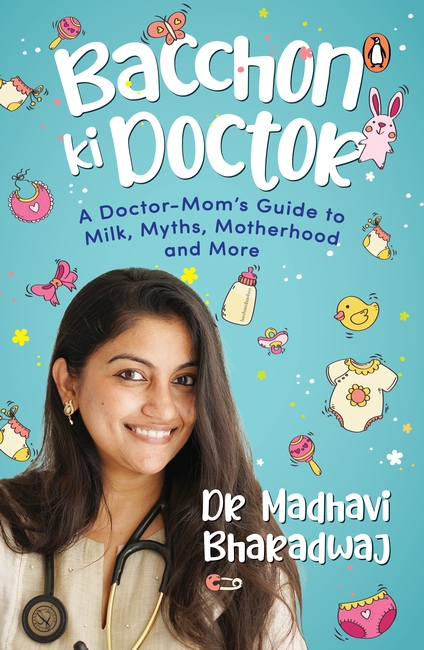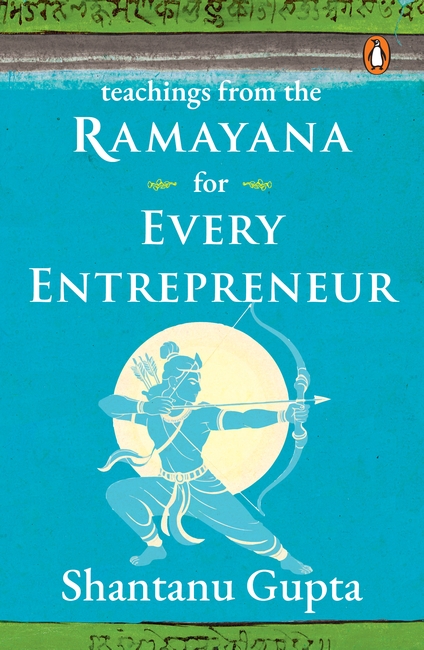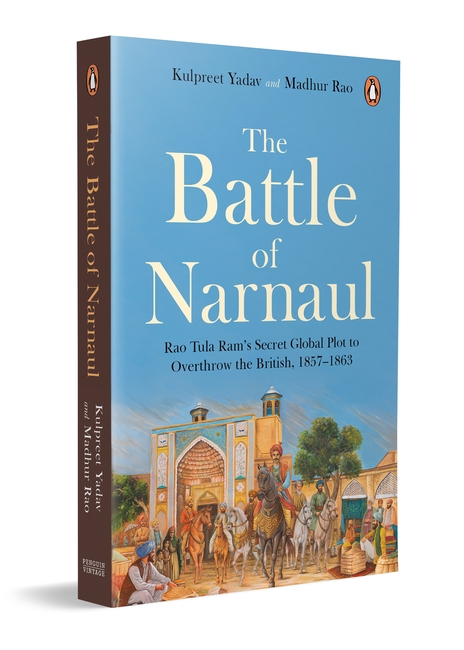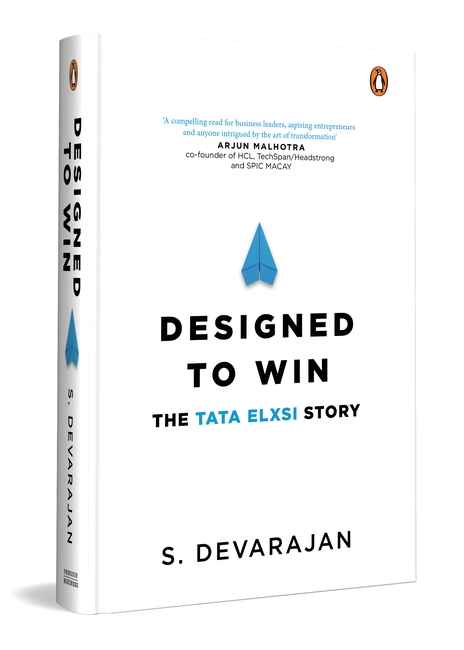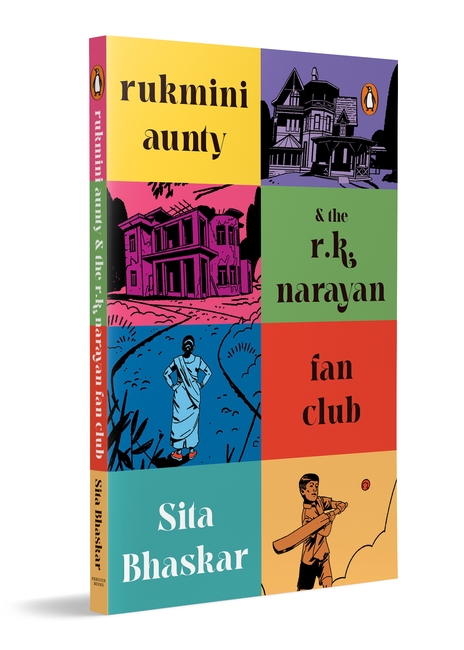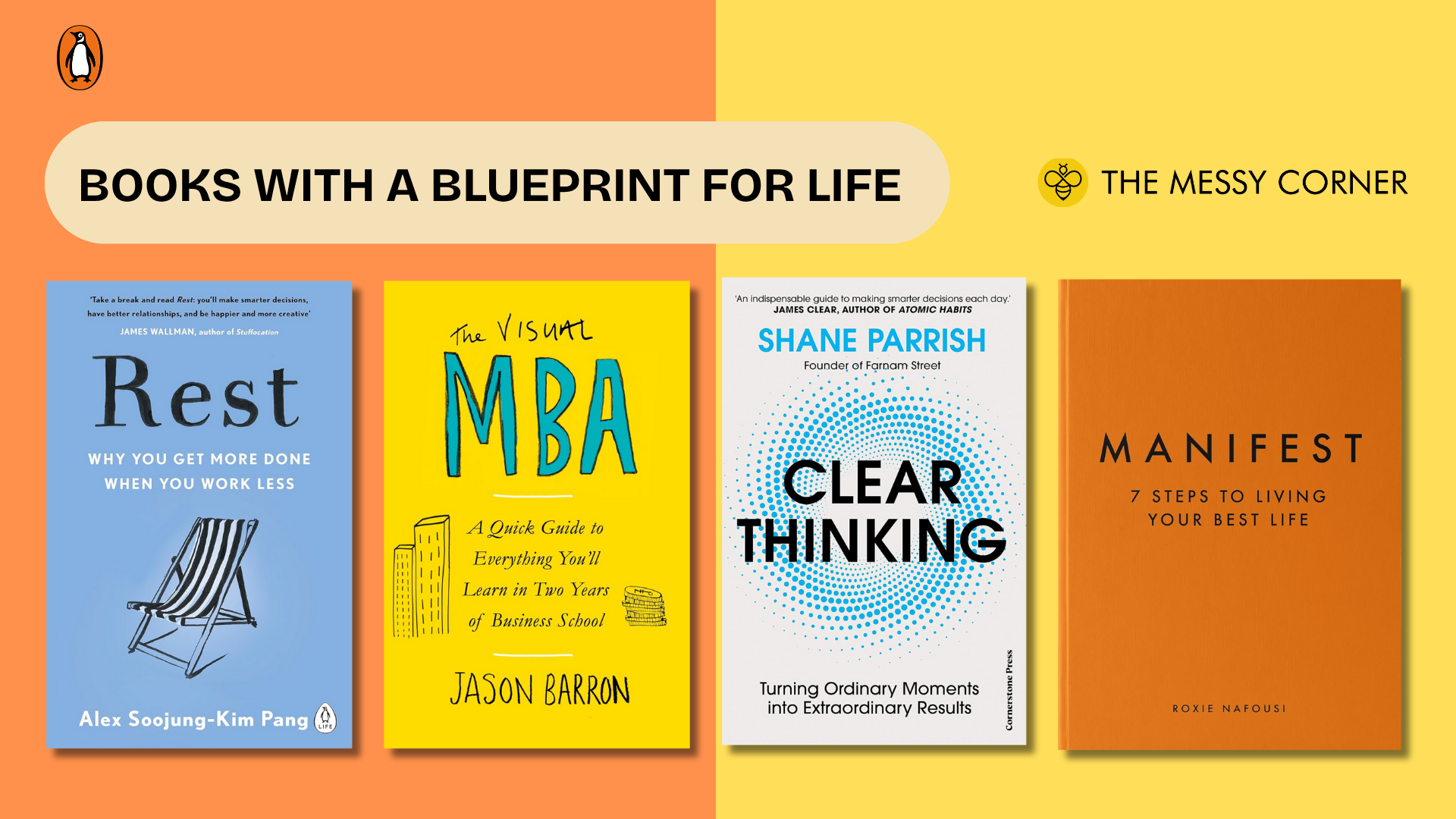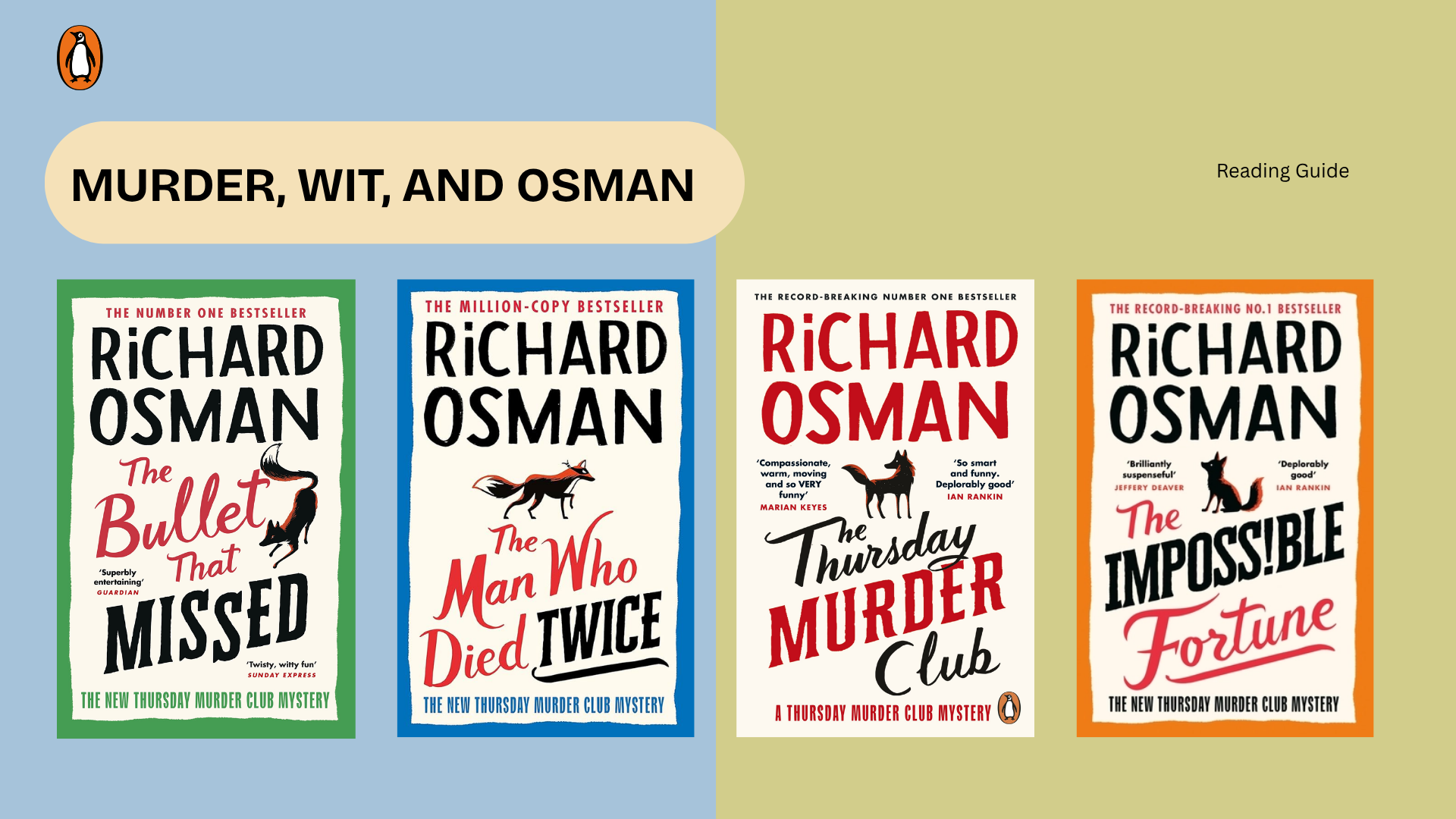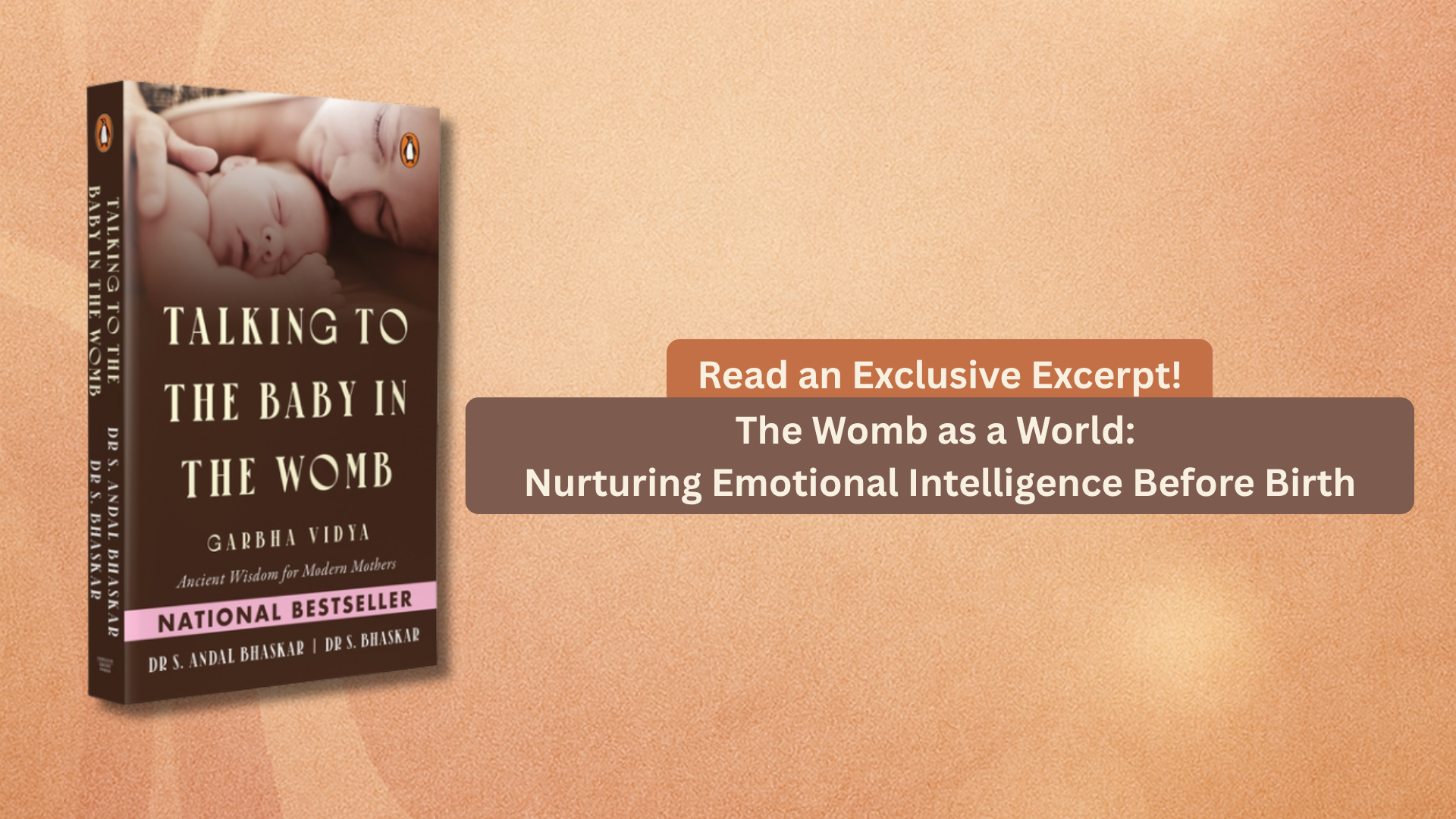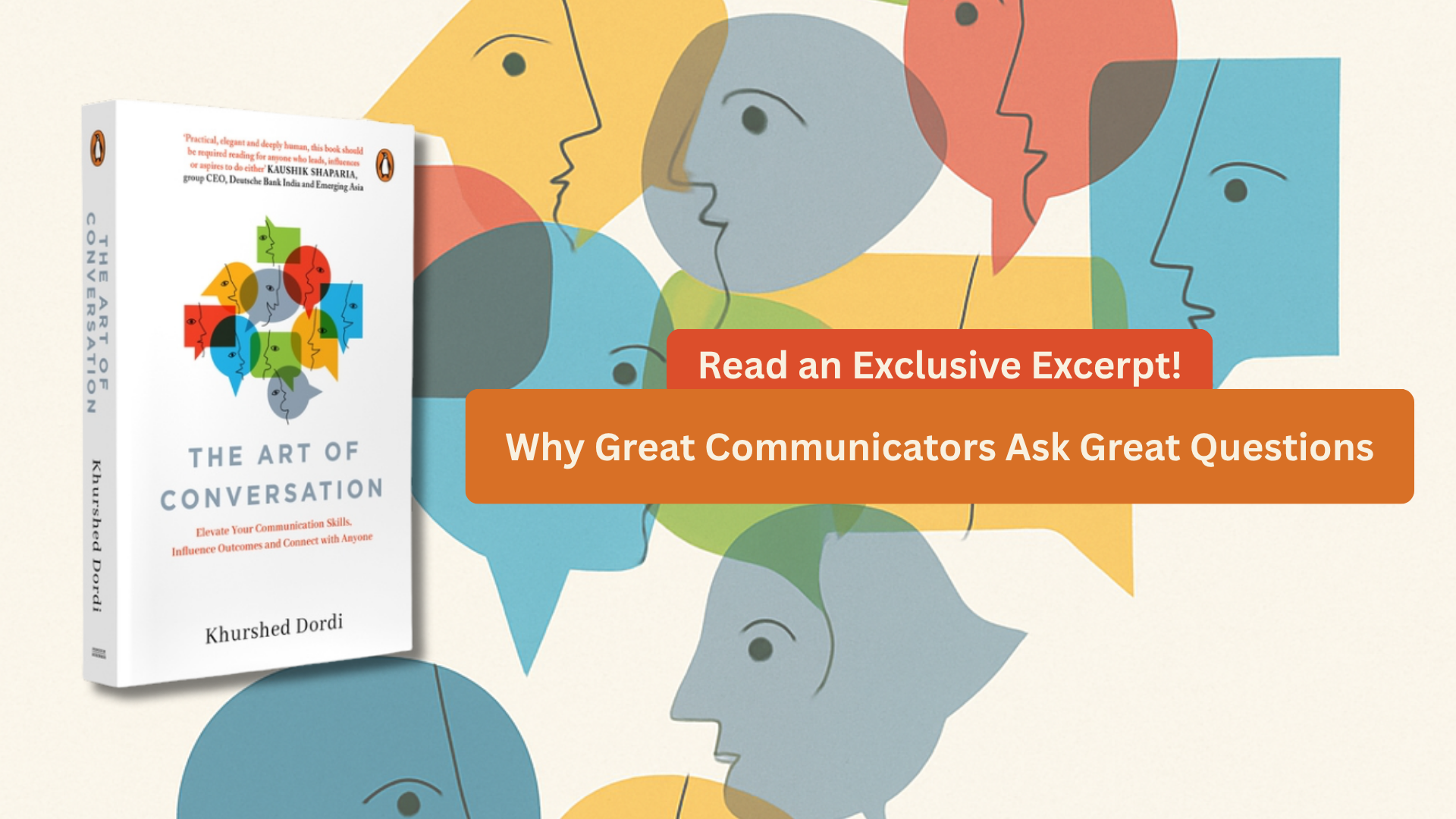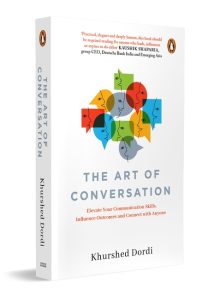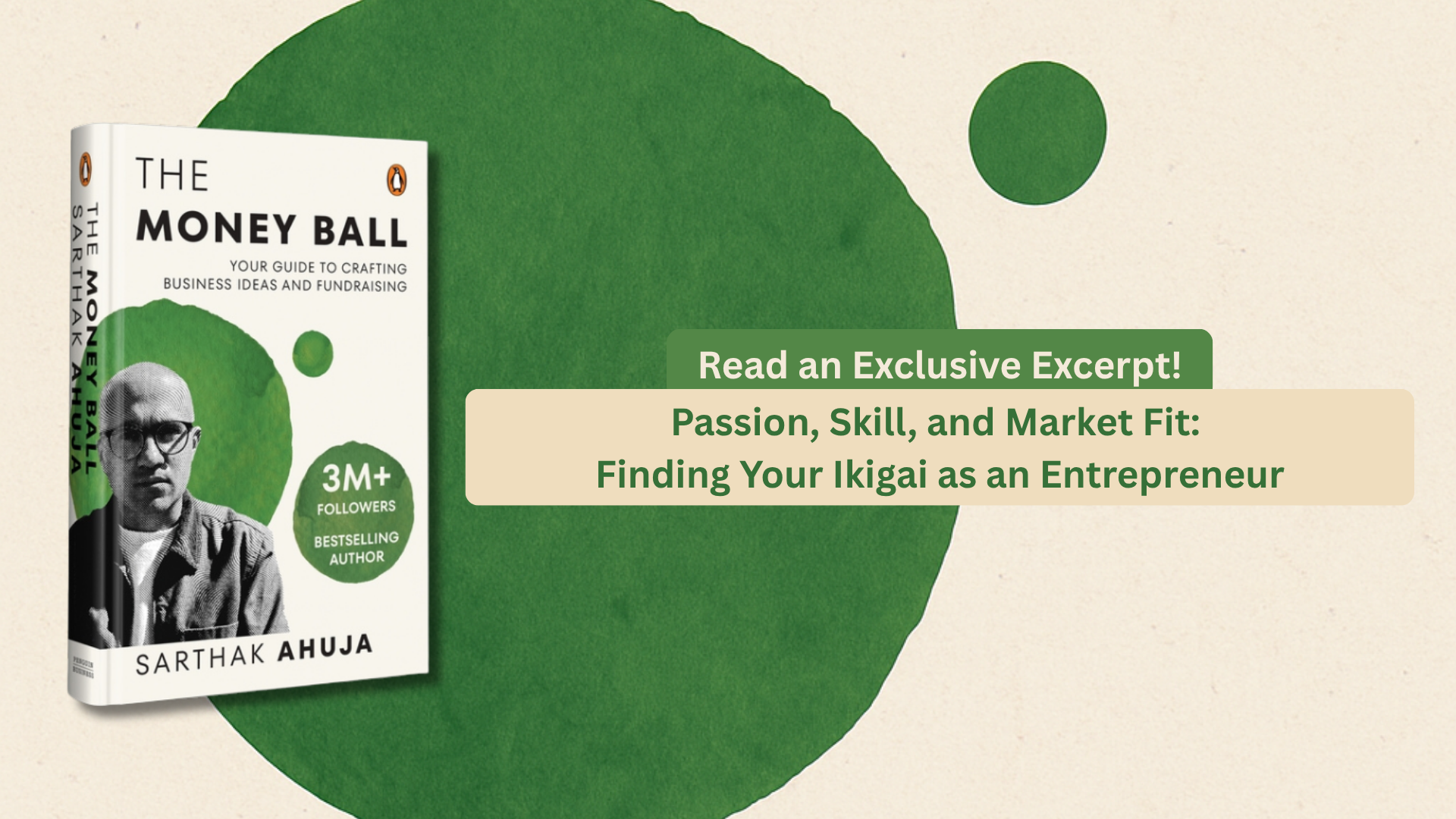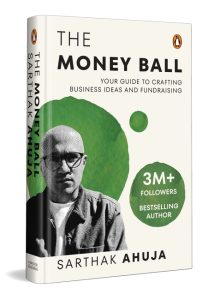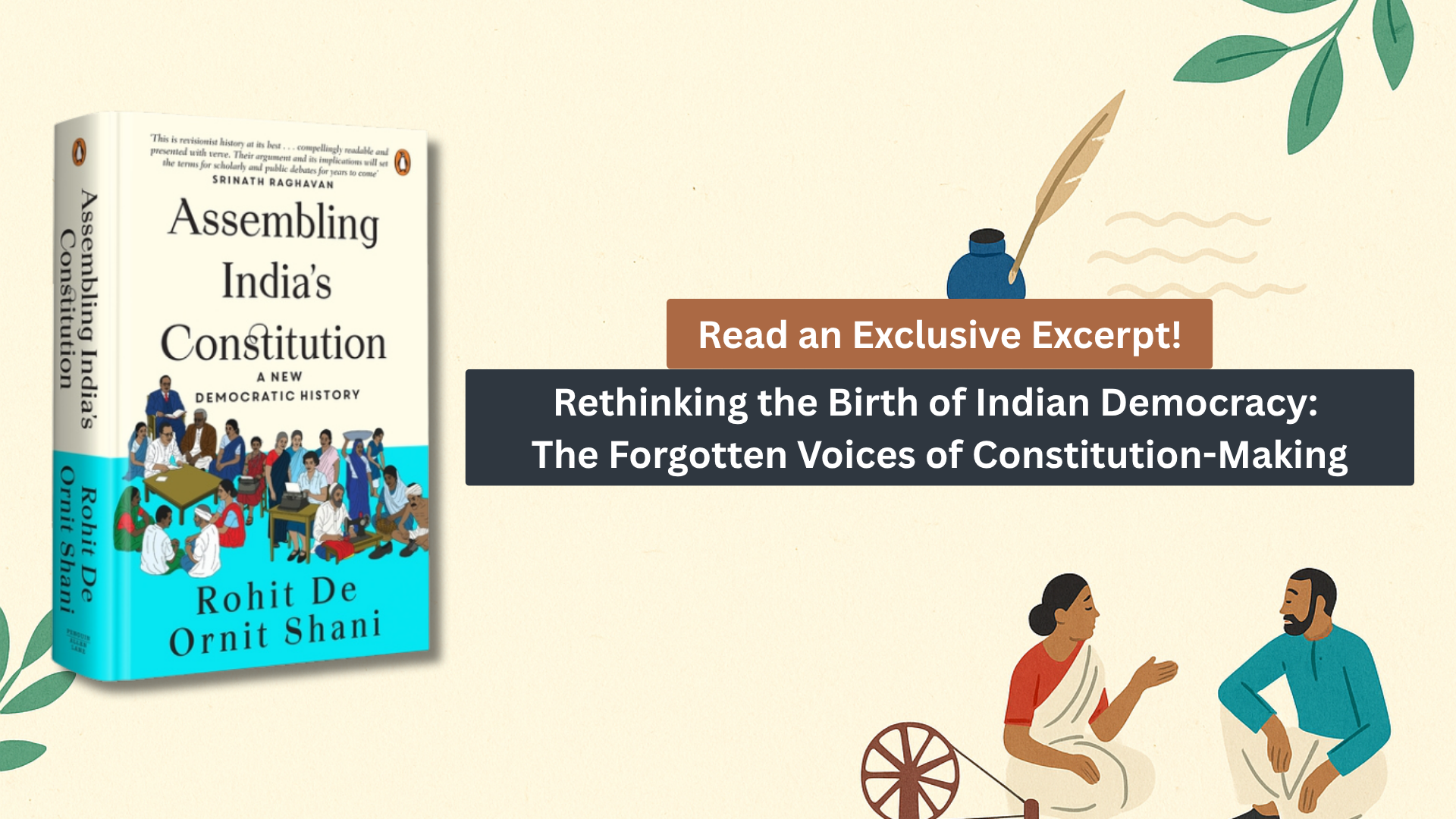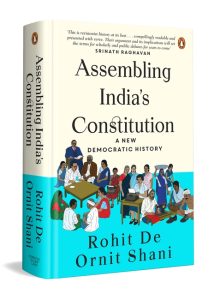November delivers a powerhouse lineup of transformative ideas, bold voices, and genre-defying narratives. From corporate wisdom to mythological revelations, unflinching memoirs to healing manifestos, this month’s releases refuse to play it safe.
Here’s the complete list of books to read this November!
Doing the Right Thing – Harish Bhatt
A seasoned corporate leader’s guide to navigating the moral maze of modern business. From boardroom dilemmas to everyday ethical crossroads, Bhatt distills decades of experience into sharp, actionable wisdom. A manifesto for leading with integrity when the stakes are high and the answers aren’t always clear.
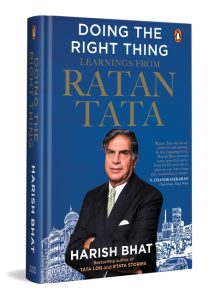
From Myths to Science – Gauhar Raza
A scientist-poet dismantles the boundaries between ancient wisdom and modern inquiry. Tracing humanity’s journey from mythological thinking to scientific reasoning, Raza reveals how we’ve always been asking the same questions—just with different tools. An eloquent bridge between two ways of understanding our world.
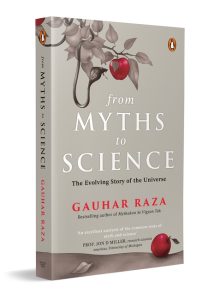
Leadership Beyond the Playbook – Roopa Kudva
The rulebook gets rewritten by one of India’s most respected corporate voices. Kudva moves past tired leadership clichés to explore what it really takes to inspire teams, drive change, and lead with authenticity. Strategic, surprising, and utterly essential for anyone refusing to lead by formula.
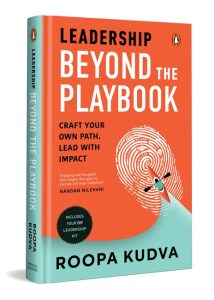
Intemperance – Sonora Jha
A searing novel about desire, power, and the dangerous space between wanting and having. When boundaries blur and obsessions take hold, Jha crafts a story that’s as uncomfortable as it is impossible to put down. Fearless fiction that doesn’t flinch from the messiness of being human.
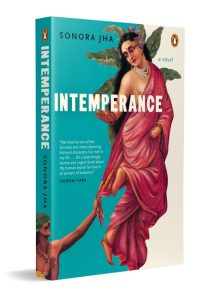
Who the Fuck Are You – Harinder Singh Pelia
A memoir with the profanity to match its punch. Pelia strips away pretense to ask the question we’re all avoiding: do we even know ourselves? Raw, irreverent, and bracingly honest, this is identity crisis as art form—and it’s anything but polite.
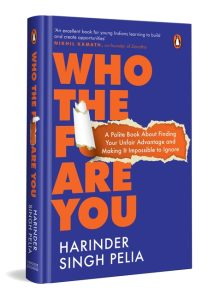
The Ultimate Healing Code – Dimple Jhangda
A holistic approach to wellness that goes beyond quick fixes and trendy detoxes. Jhangiani decodes the body’s signals and offers a roadmap to genuine healing—mind, body, and spirit. Part science, part intuition, all transformation.

Call It Coincidence – Nona Uppal
When fate keeps showing up uninvited, is it luck or something more? Uppal weaves a narrative where chance encounters and serendipitous moments reveal deeper patterns. A story about the thin line between randomness and destiny, told with wit and wonder.

Unseen – Megha Vishwanath
The invisible made visible in a narrative that illuminates what we choose—or are forced—to overlook. Vishwanath explores the margins, the overlooked, and the deliberately ignored with prose that demands attention. A book about seeing clearly in a world designed to keep us blind.
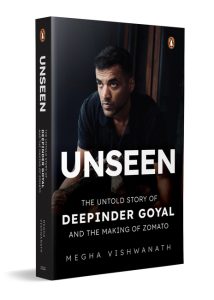
Badshah Bandar Bazaar – Jagjeet Lally
A vibrant tapestry of market life, commerce, and community in the heart of India. Lally captures the chaos, color, and characters of the bazaar—where every transaction tells a story and every vendor holds court. Immersive, affectionate, and alive with detail.
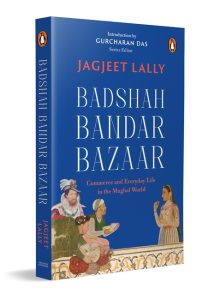
The Tree Within – Indraneel Chakravarty
An introspective journey into the roots of self and the branches of possibility. Chakravarty uses the metaphor of a tree to explore growth, resilience, and the quiet strength found in staying grounded. Meditative prose for anyone seeking to understand their own inner landscape.
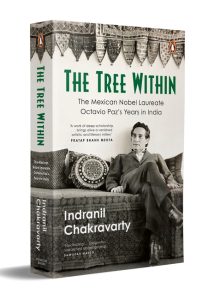
Rise to the 1% – Sharan Hegde
A no-nonsense guide to wealth-building, strategic thinking, and the mindset shifts that separate the top tier from everyone else. Ambition meets actionable advice in a roadmap for those who refuse to settle.
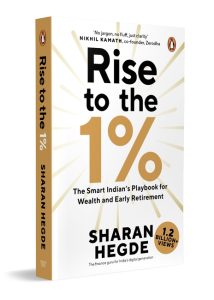
Forgotten Heroes of Indian Science – Anand Ranganathan & Sheetal Ranganathan
The brilliant minds erased from history finally get their due. From pioneering researchers to unsung innovators, this is the story of Indian scientists whose work changed the world—but whose names we never learned. A necessary correction to the historical record.
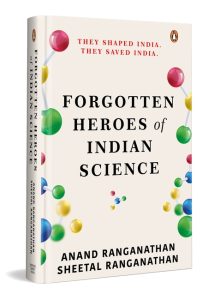
A Guardian and a Thief – Megha Majumdar
Two unlikely figures bound by circumstance and driven by opposing codes. A gripping tale of morality, survival, and the blurred lines between protection and possession. When duty collides with desperation, who decides what’s right?
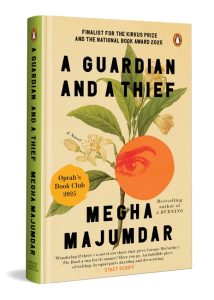
SCAMLANDS – Snigdha Poonam
n exposé that follows the money through the dark underbelly of global fraud networks. From call centers to crypto schemes, this is the anatomy of deception on an industrial scale. Investigative journalism that reads like a thriller—because the truth is that alarming.
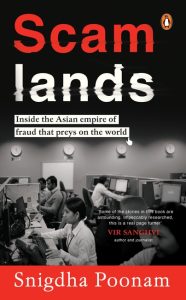
She & Hers – Manav Kaul
An intimate exploration of female relationships, identity, and the pronouns that define us. A narrative that celebrates the complexity of womanhood and the bonds that shape who we become. Tender, fierce, and deeply personal.

The Architect’s Dream – Nikhil Kumar
Blueprint meets reality in a story about creation, ambition, and the structures we build—literal and metaphorical. When vision clashes with constraint, can dreams survive the drafting table? A novel about making your mark in concrete and imagination.

Don’t Leave Anything for Later – Library Mindset
A rallying cry against postponed living and deferred joy. Part memoir, part manifesto, this is permission to stop waiting for the perfect moment and start claiming your life now. Urgent, honest, and impossible to ignore after you’ve read it.

Girls Who Said Nothing and Everything – Meera Vijayann
Silence as strategy, voice as weapon. A powerful meditation on when women speak, when they don’t, and what both choices cost. Stories of those who mastered the art of saying everything without uttering a word—and those who finally broke their silence.
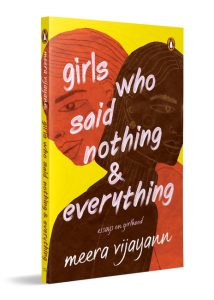
Spectres of Vengeance – Tarun Mehrishi
Ghosts don’t forget—and neither should we. A haunting narrative where past wrongs demand present reckoning and revenge takes supernatural form. Justice, karma, and consequence collide in a story that refuses to let the dead rest easy.

Half Light – Mahesh Rao
Caught between illumination and shadow, truth and illusion. A lyrical exploration of in-between spaces where nothing is quite what it seems. Atmospheric prose that lingers in the twilight zones of human experience.

Bhima’s Wife – Kavita Kane
The Mahabharata retold through the eyes of a woman history relegated to footnotes. Bhima’s wife steps out of epic shadow to claim her story—one of strength, sacrifice, and the power dynamics of mythological marriage. Ancient tale, radical feminist retelling.

Which one’s going on your TBR?
Whether you want to be swept away by a love story, challenged by new ideas, or hooked by a thriller, these books are waiting for you.







